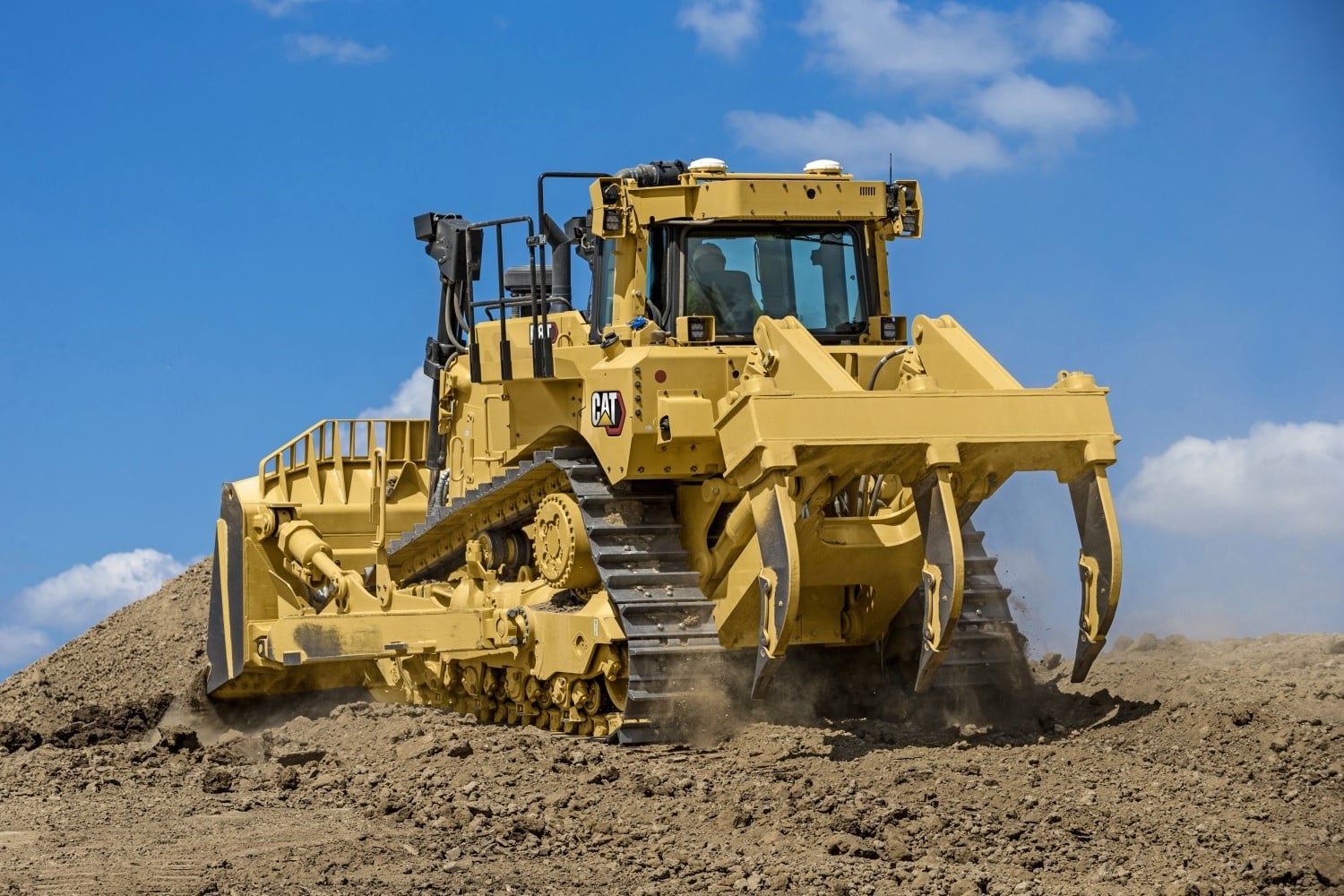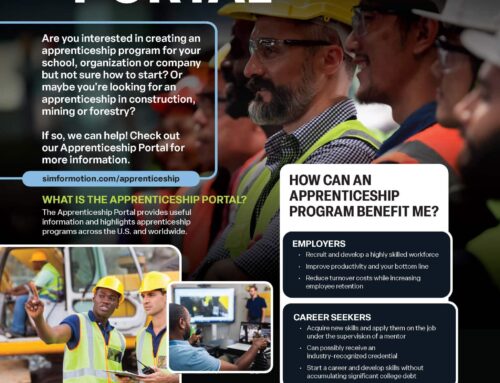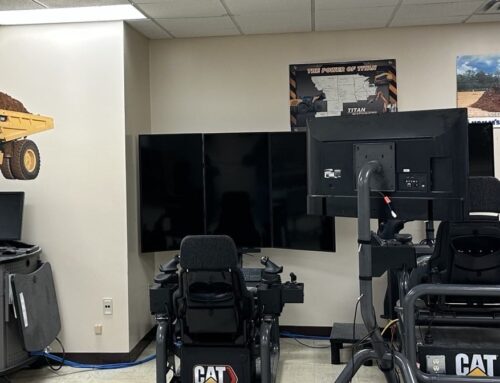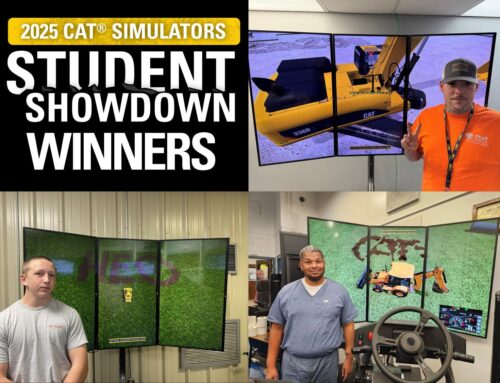Extra machine maintenance can be avoided with good operating procedures. Keep tracked Dozers in production longer by training operators on proper use, including conducting a pre-operation machine inspection before every shift. Regularly scheduled maintenance checks, along with these tips will achieve maximum uptime from your tracked Dozer.
- Load the blade in first gear and carry the material in second gear for efficient operation during most applications.
- When traveling longer distances, remain in second gear to avoid excessive track heat.
- When operating in narrow areas, turn the Dozer using three-point turns, and avoid track slip to reduce ground disturbance and track wear.
- Do not allow the machine engine to overspeed while maneuvering down slopes. Use the service brake at the top of slopes to prevent excessive engine speed.
- Use the steering control function correctly to reduce track wear and damage to the undercarriage. Do not make fast hard turns. This will reduce stress to the tracks and undercarriage and decrease the chance of ground disturbance in the work area or creating hazards for other machines and personnel.
- Use the blade tilt control function for steering corrections while under load to significantly reduce track and pin wear.
- Doze in a downhill direction, when possible, to maintain operator safety and machine stability.
- Be aware of the terrain that the Dozer is traveling across. Do not allow the Dozer to work with one track running along a windrow. This will transfer machine weight and stability to the other track, accelerating undercarriage wear.
- Do not allow a Dozer to travel over pipe within a trench when backfilling until the trench has been completely backfilled.
- Never leave a highwall/dump area without a safety berm.
Cat® Simulators can train operators how to perform a machine inspection and applications in the safety of a virtual environment using authentic Cat controls. Teaching operators correct techniques before moving to the iron can turn into cost savings throughout the life of the machine.







